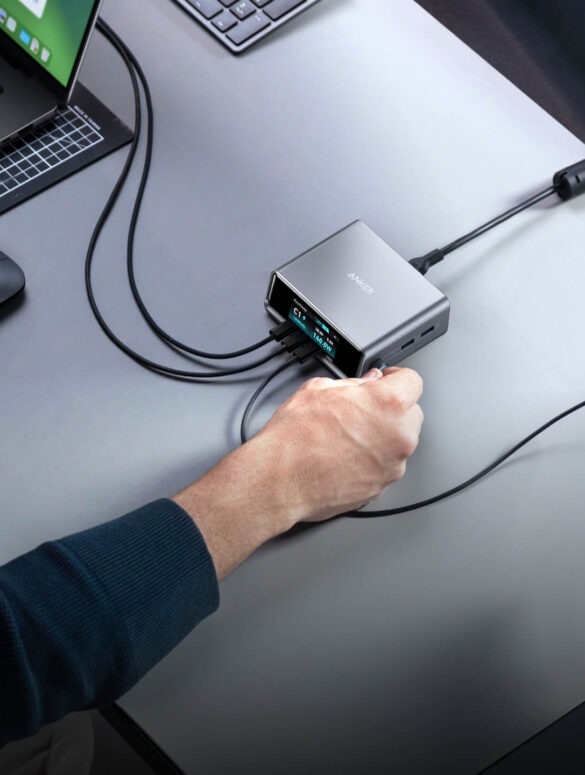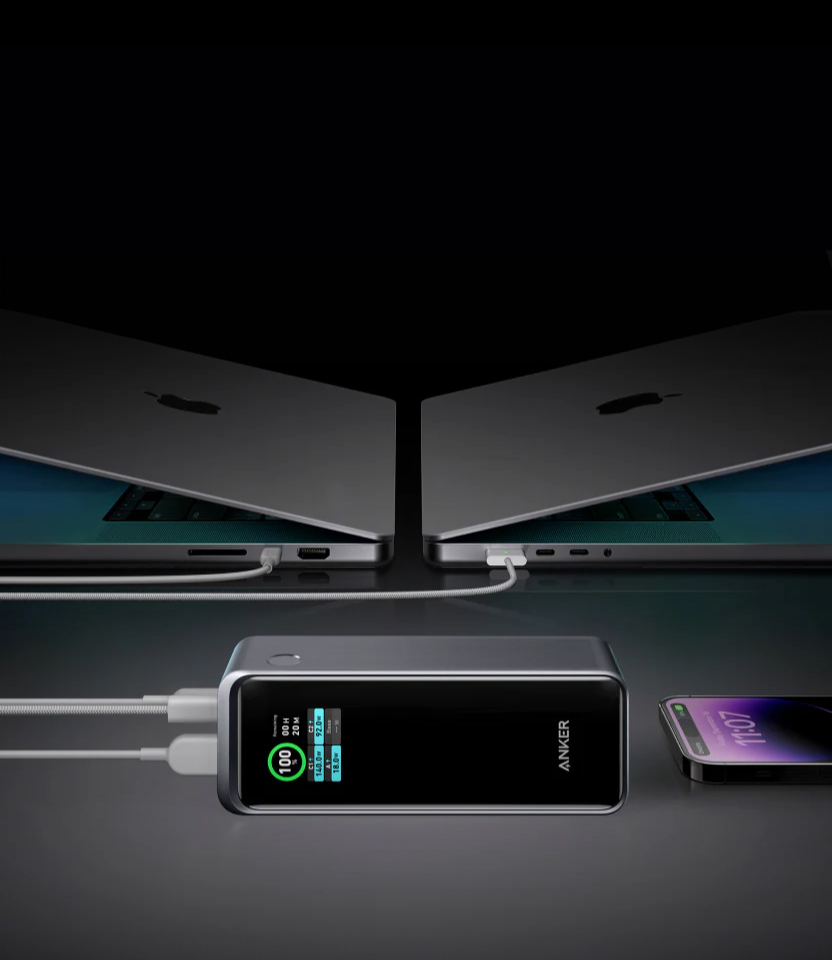As the world grapples with the impacts of climate change and environmental degradation, consumers are increasingly prioritizing sustainability in their purchasing decisions. In this landscape, Anker has emerged as a frontrunner, demonstrating a steadfast commitment to eco-friendly practices and products. Known primarily for its high-quality charging solutions, Anker has broadened its mission to include sustainability at every stage of its operations, from product design to manufacturing and packaging. This article explores Anker’s initiatives and innovations in sustainable technology, showcasing how the brand is leading the charge toward a greener future.
A Vision for Sustainability
Anker’s commitment to sustainability is rooted in its vision to create a more eco-conscious tech landscape. The brand recognizes that the electronics industry has a significant environmental footprint, and it aims to mitigate this impact through responsible practices. Anker’s sustainability initiatives are guided by three core principles: reducing energy consumption, minimizing waste, and utilizing eco-friendly materials.
Energy-Efficient Products
One of the most impactful ways Anker is championing sustainability is through the development of energy-efficient products. Anker’s chargers, power banks, and smart home devices are designed to consume less energy while maintaining high performance.
For instance, Anker’s PowerIQ technology optimizes the charging process, ensuring that devices receive the appropriate amount of power without overloading. This not only enhances the lifespan of devices but also reduces energy wastage. Anker has also been proactive in incorporating fast-charging technology that allows users to charge their devices quickly and efficiently, further minimizing energy use.
Eco-Friendly Materials
In line with its commitment to reducing its environmental impact, Anker is increasingly using eco-friendly materials in its product designs. The brand has begun to source recycled plastics and sustainable materials for its packaging, reducing reliance on single-use plastics and minimizing waste. Anker’s efforts to incorporate recycled materials into its products demonstrate a clear understanding of the importance of a circular economy, where materials are reused and repurposed to extend their lifecycle.
Anker also focuses on durability in its product design, creating items that withstand the test of time. By prioritizing longevity, Anker reduces the likelihood of products being discarded prematurely, which is a significant contributor to electronic waste.
Sustainable Packaging Initiatives
Anker understands that packaging plays a crucial role in the overall sustainability of a product. The brand has implemented several initiatives to make its packaging more eco-friendly. This includes reducing the amount of packaging material used and opting for biodegradable and recyclable materials whenever possible.
Anker’s commitment to sustainable packaging extends to its user manuals and inserts, which are now often printed on recycled paper or provided digitally, further minimizing paper waste. By taking these steps, Anker is ensuring that its products leave a smaller environmental footprint from the moment they reach consumers.
Engaging the Community
Anker believes that sustainability is a collective effort, and it actively engages its community in promoting eco-friendly practices. The brand frequently shares tips and resources for consumers on how to use technology responsibly and sustainably. Through educational campaigns and initiatives, Anker encourages users to make informed decisions, not only about the products they purchase but also about their overall lifestyle choices.
Additionally, Anker collaborates with environmental organizations and participates in initiatives aimed at raising awareness about electronic waste and the importance of recycling. By fostering a sense of community around sustainability, Anker is helping to inspire positive change beyond its product offerings.
Looking Ahead: Future Innovations
As Anker continues to grow, the brand is committed to evolving its sustainability practices further. The company is investing in research and development to explore innovative technologies that will reduce environmental impact. This includes looking into solar-powered chargers and energy management systems that allow consumers to monitor and optimize their energy consumption at home.
Anker’s focus on sustainability is not just a trend but a long-term commitment to creating a better future for the planet. As the brand leads the charge in eco-friendly tech, it sets a benchmark for others in the industry to follow.
Conclusion
Anker’s dedication to sustainability is reshaping the way consumers view technology. By prioritizing energy efficiency, eco-friendly materials, and responsible packaging, Anker is proving that it is possible to balance innovation with environmental responsibility. As the brand continues to evolve, it remains committed to leading the charge in eco-friendly tech, inspiring both consumers and competitors to embrace sustainable practices for a healthier planet.













